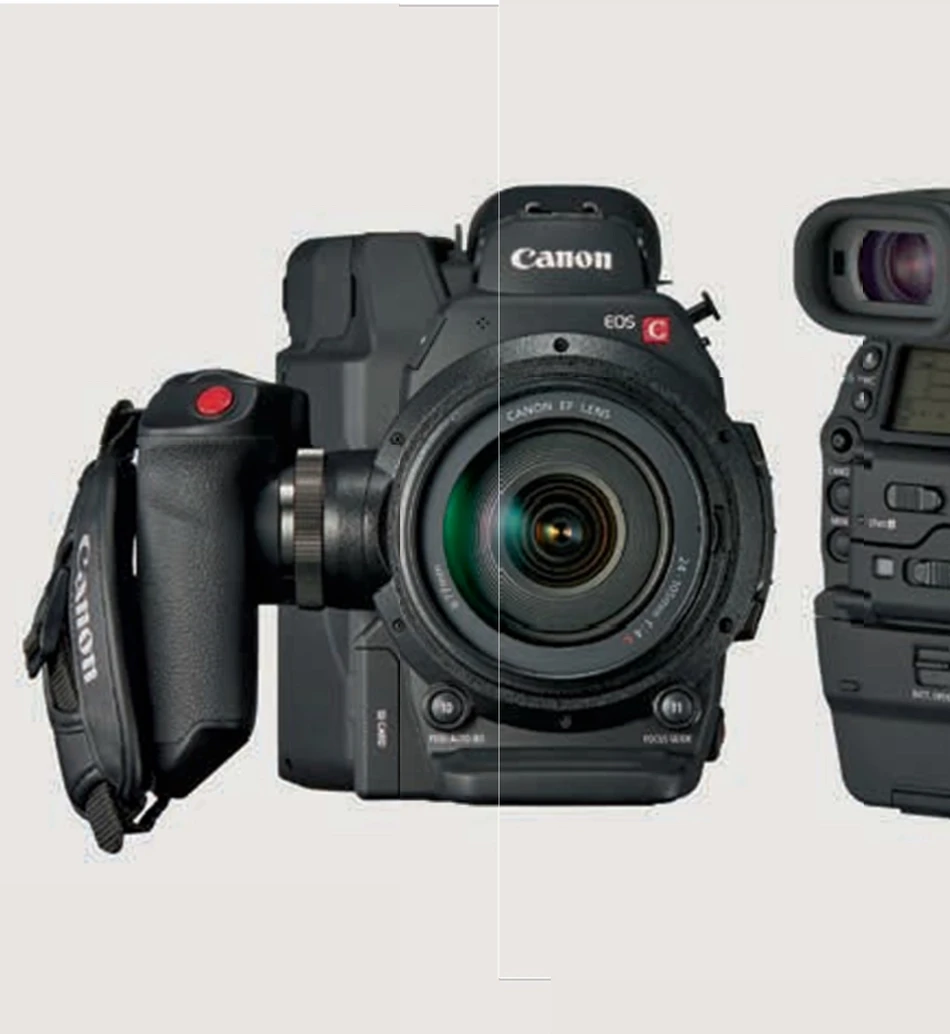Toward finely nuanced cinema

By launching its EOS C300 Mark II, Canon has taken a keenly awaited new step in the field of professional cinema.
This camera stands out due to its extremely wide dynamic range and state-of-the-art features. LEMO is part of the adventure.
Canon was founded back in 1933. The Japanese giant is now known throughout the world for the quality of its optical technologies acclaimed by both amateurs and professionals. However, Canon has entered professional cinema only a few years ago. In 2012, EOS C300 marked the first step in a promising success story.
After laying its foundation stone, Canon has built upon this to go higher, further and faster. True to its corporate philosophy, Canon studied carefully the feedback and comments from customers, then got back to work to develop new functionalities to meet the sophisticated needs of its target clientele. The result has just been presented as the EOS C300 Mark II. After only a few weeks of testing, it became apparent that this new generation of cameras has everything to satisfy today’s professional filmmakers.
What is so attractive about it? Not its 4K capability, which is already the standard, but its extremely wide dynamic range. The camera can capture a very large brightness range from the dimmest light conditions to the most exposed images.
The secret of this dynamic range lies in the brand new super 35 mm Canon CMOS 8.85 megapixel sensor. Specially designed for video recording, it offers very high image resolution and extreme sensitivity. This is coupled by another critical factor: the integrated Canon Log 2 system that captures a maximum range of colours, up to 15 stops of dynamic range.
The combination of these two technological miracles guarantees extraordinary creative freedom to all experienced or future filmmakers. The new camera may well revolutionize postproduction, making it possible for the operator to select practically any type of contrast and brightness. Among other technological improvements, EOS C300 Mark II can record videos in 4K resolution on the internal memory and the external storage device simultaneously, which improves both the production flow and backup capabilities.


